Inside-Out Galaxy Found In Deep Space

Galaxies in our area of the universe generally have a less dense core, with a disc-shaped spiral pattern as their main pattern. Objects in the galaxies’ system spiral out, away from the dense core, collecting matter as they go. A new discovery from the James Webb Space Telescope (JWST) has confirmed a widely held suspicion that older galactic systems are inside-out galaxies.
Early Galaxies Rapidly Double In Size
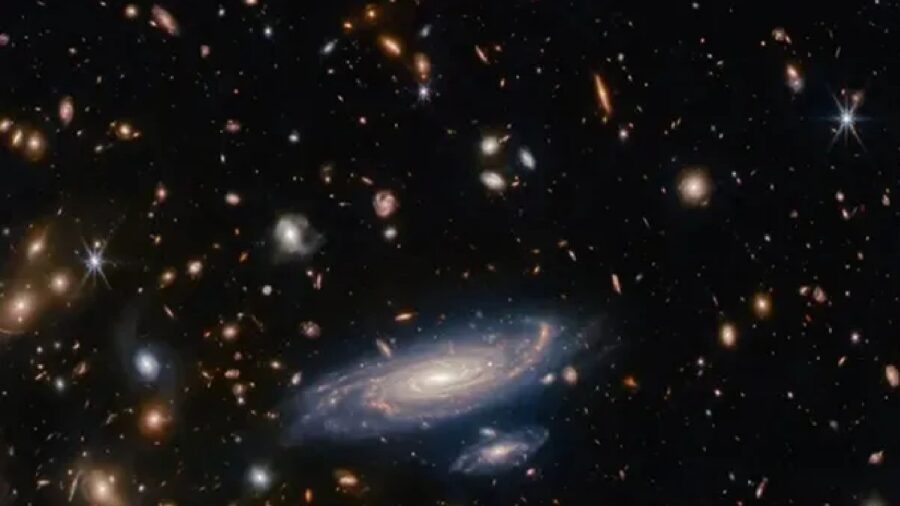
Rather than a smooth spiral with star systems spiraling out from a dispersed center, inside-out galaxies that originated earlier in the formation of the universe seem to attract matter in an opposite manner, with stars gathering mass from gas and dust and being pulled in towards a dense center, causing a more rapid rotation, similar to a skater pulling in their arms to spin faster. Stars that gain matter by picking up dust and debris in this way grow faster than any others we are familiar with, doubling in size every 10 million years as compared to the relatively slow growth of our home galaxy, the Milky Way, which doubles in size every 10 billion years.
The First Inside-Out Galaxy Caught On Camera
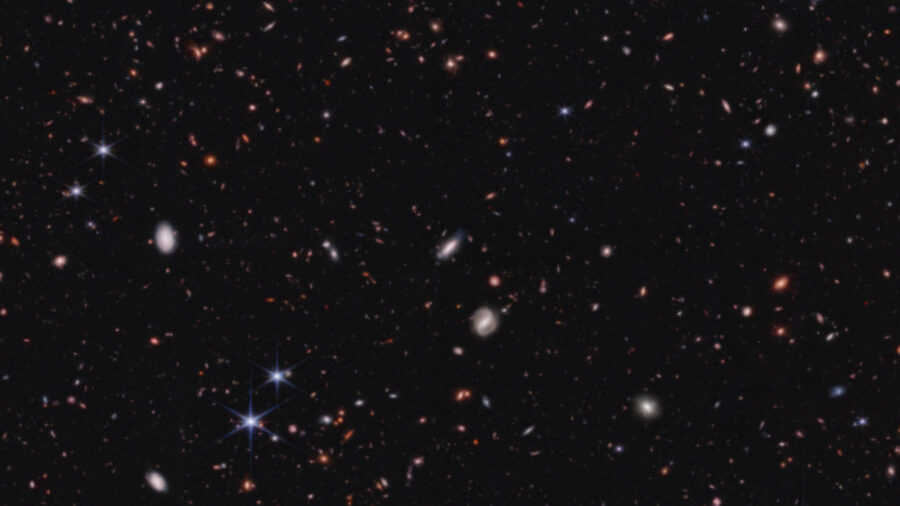
While previous modeling suggested that the universe should be populated by large quantities of inside-out galaxies, these systems had yet to be observed until the JWST captured an image of one recently. Researchers began sifting through the massive quantity of images from the telescope, looking for evidence of these ancient, inside-out galaxies in the farther reaches of our universe. When they encountered a galaxy known as JADES-GS+53.18343−27.79097, they knew that they had found visual confirmation of their statistical modeling.
A Blink Of The Eye
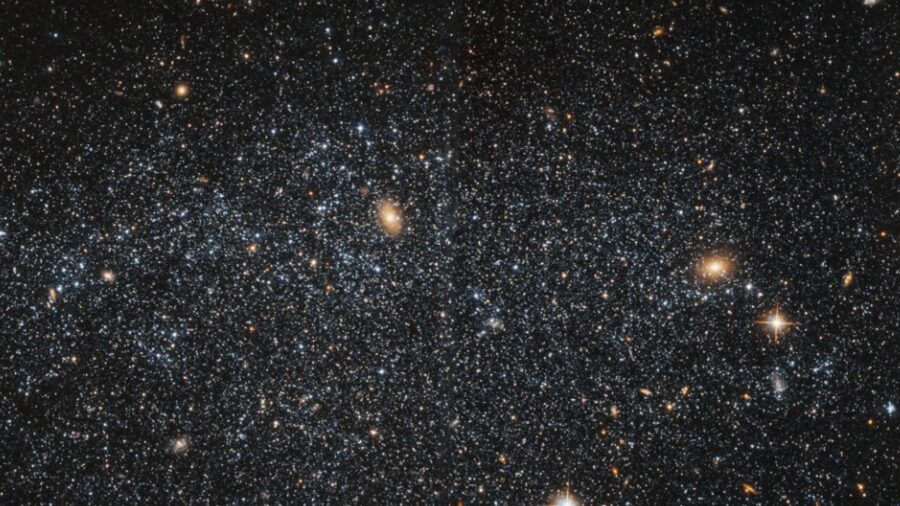
The JWST can essentially look back in time by picking up light from farther away, meaning that the light has taken more time to travel to the telescope, so the image is from longer and longer ago the farther it is from the lens. This type of visual time travel allowed researchers from the University of Cambridge to look farther back into the ancient universe than humans ever have been able to before, finding evidence of an ancient inside-out galaxy. This galaxy existed about 700 million years after the Big Bang, a mere blink of an eye in galactic time.
A Look Back Billions Of Years
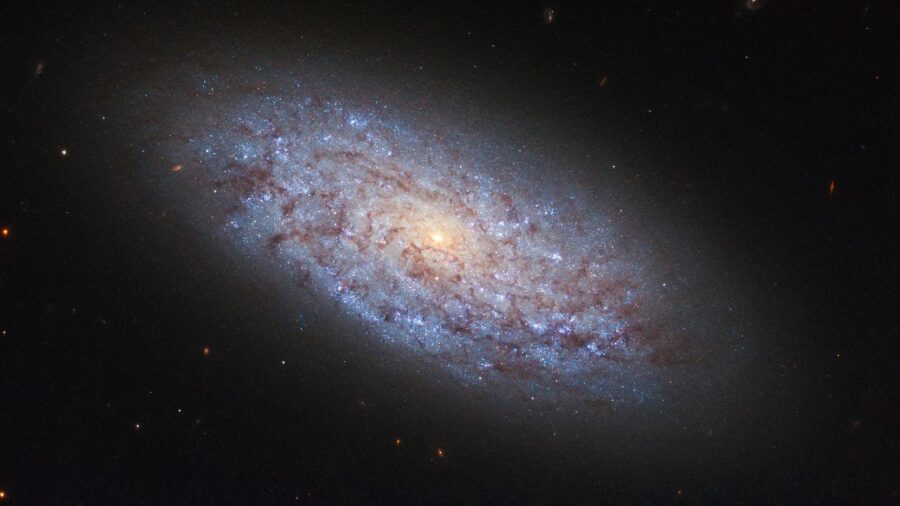
This discovery bolsters modeling that predicted the existence of inside-out galaxies and helps to illuminate the ancient history of the universe. While the study’s co-author, James Baker, compared the discovery to “Being able to check your homework,” it’s a huge contribution to astrophysics and to the comprehension of our own galactic roots. Looking beyond the past 10 million years into the early movements of the universe allows us to look billions of years into the past.
Questioning The Origin Of Galaxies
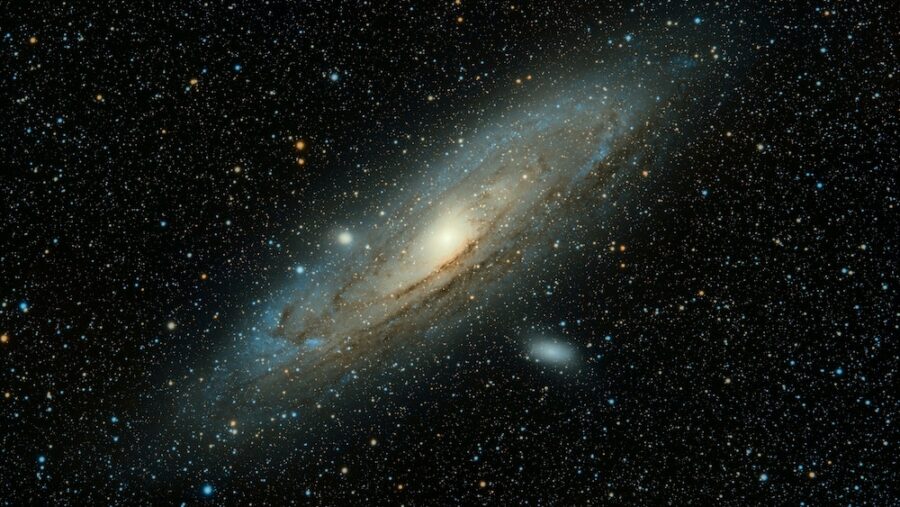
The new study, published in Nature and co-authored by William M. Baker and Sandro Tacchella, relates the methods that researchers used to locate the inside-out galaxy and recommends future research to find more like it. The major question the new discovery asks is whether or not this means that all galaxies were once inside-out. Bringing us closer to an understanding of how the universe formed and how time began, the discovery of an inside-out galaxy is a groundbreaking revelation.
Source: Nature













Login with Google